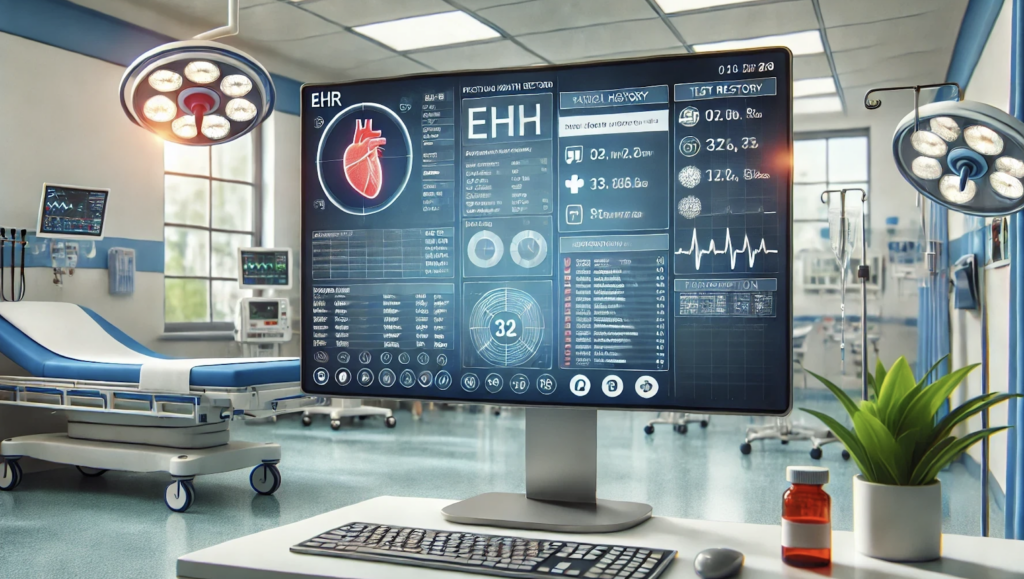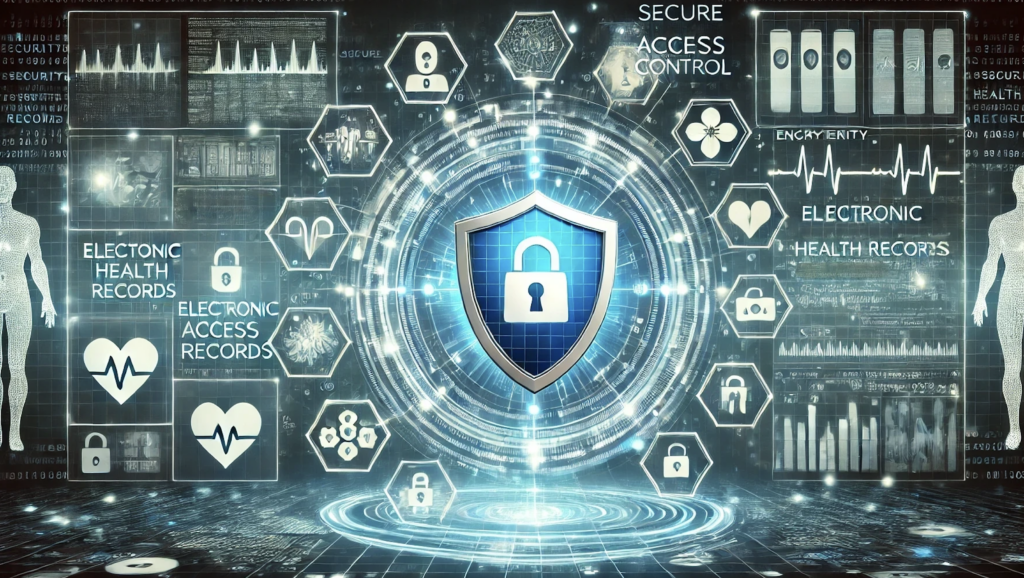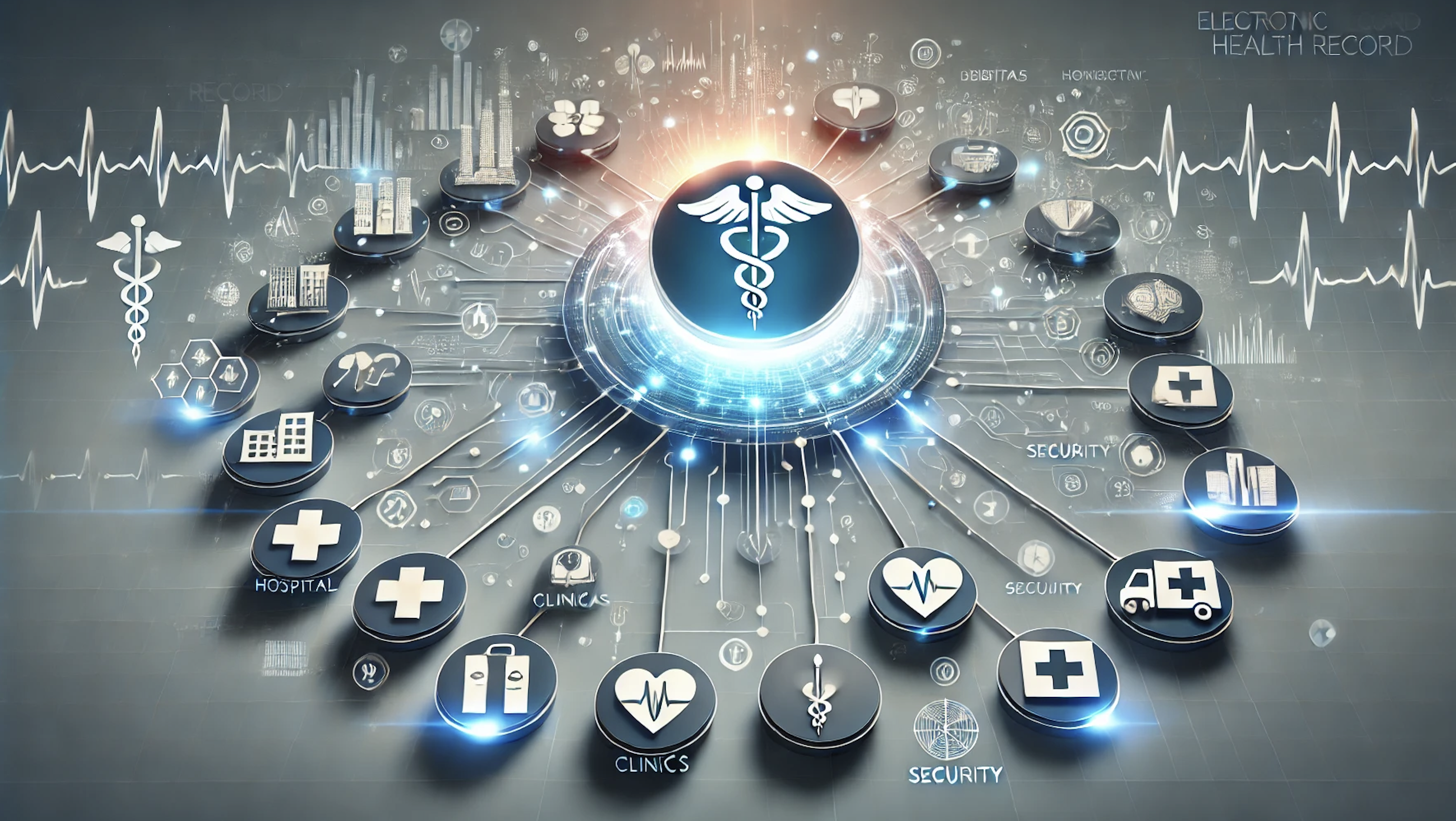Integrating electronic health records (EHRs) with advanced machine learning solutions has the potential to revolutionize healthcare delivery. By improving patient data management, EHR integration streamlines daily operations for clinicians. Leveraging modern digital health tools ensures access to vital information, supporting more informed clinical decisions.
Understanding the Importance of EHR Integration in Modern Health Systems

The integration of EHR systems plays a key role in transforming healthcare by improving data access, enhancing interoperability, and facilitating seamless health information exchange. Below are five reasons why EHR integration is essential:
Improved access to medical records: An integrated EHR solution allows doctors to access data across multiple systems in real-time, supporting timely and accurate diagnosis.
Enhanced clinical workflows: EHR integration eliminates redundant tasks and automates administrative processes, reducing administrative burdens and freeing up time for physicians to focus on patient care.
Better patient engagement: Patients can also benefit from improved communication with their healthcare providers, enhancing the overall patient experience.
Interoperability across health systems: Integrated EHRs enable information sharing between hospitals, labs, and specialists, improving care coordination.
Data-driven decision-making: With access to comprehensive clinical data, doctors can leverage advanced digital health tools to provide relevant insights and improve care quality.
Why EHR-Integrated Software Matters for Clinicians and Patients
EHR integration is critical for improving outcomes and reducing errors. By ensuring that patient data can be accessed across electronic software solutions, clinicians are better equipped to make informed decisions at the point of care. This improves patient satisfaction and fosters stronger doctor-patient relationships.
Leveraging Interoperability for Seamless Information Sharing Across Health Systems

Interoperability is a cornerstone of successful EHR integration. It allows clinicians to share patient information securely across different health systems, ensuring continuity of care. Effective interoperability reduces silos and enhances collaboration among stakeholders.
According to a study published in the Journal of the American Medical Informatics Association, achieving interoperability requires standardized APIs, such as FHIR (Fast Healthcare Interoperability Resources), to streamline EHR integration. Healthcare providers can securely exchange lab results, imaging reports, and medical histories in real-time with these standards-based APIs. This approach eliminates dependency on proprietary systems, prevents duplicate testing, and ensures accurate and accessible patient records.
Moreover, interoperable EHR systems enhance data migration during implementation, allowing the integration of legacy systems without disrupting existing workflows. This ensures physicians can continue using familiar systems while benefiting from enhanced data access and interoperability.
EHR-Integrated Practice Management Software for Point-of-Care Efficiency
Modern EHR-integrated management tools are designed to streamline clinical operations by embedding essential functions into daily routine. These tools enhance clinical efficiency at the point of care, ensuring timely data retrieval and more accurate decision-making.
An integrated EHR system not only supports patient management but also ensures smooth coordination among different departments. By automating appointment scheduling, billing, and record updates, practices can go paperless and reduce manual errors. This storage and retrieval of electronic medical records improves operational efficiency and enhances the patient experience.
According to BMC Medical Informatics and Decision Making [2], using advanced software ensures that clinicians receive real-time alerts for critical issues such as allergies and drug interactions, preventing medical errors. Selecting a solution you choose carefully is vital to ensure it integrates into existing workflows while addressing specific challenges your practice might face.
Implementing the right solutions with EHR integration allows healthcare providers to focus on diagnosis and treatment while minimizing administrative burdens. This level of integration enhances data accuracy and provides tools to offer relevant information when it matters most.
Overcoming Common Electronic Health Record Integration Challenges

Despite its potential, EHR implementation often presents significant hurdles [3]. Common challenges include interoperability issues, resistance from staff, and concerns about data privacy. Without addressing these factors, integration might fall short of its goals.
A major barrier in data integration is the lack of standardized formats, making it difficult to ensure that different systems use compatible protocols. Custom APIs and middleware can help bridge these gaps, creating an EHR system that works across platforms. Additionally, training programs can reduce resistance by familiarizing staff with the benefits and practical usage of the new software.
Data security is another critical concern. Protecting sensitive data through encryption, access controls, and regular audits ensures compliance with HIPAA and other regulations. Robust security measures prevent data breaches and enhance trust in the system.
The Future and Benefits of EHR Integration in Healthcare
The future of EHR integration focuses on enhancing existing EHR systems and incorporating advanced tools that offer better clinical and administrative functionalities. Integration is the process of enabling medical records and real-time decision support to work together without interruptions.
Key developments in EHR-integrated solutions include:
Partner solutions for diverse functionalities: Many healthcare providers are adopting partner solutions from specialized software vendors to expand the capabilities of their EHR systems. These include features such as automated alerts, enhanced demographics management, and streamlined billing processes.
Data integration for improved insights: By integrating clinical data from multiple sources, including wearables and lab systems, healthcare providers can gain comprehensive insights into patient health. Using an EHR-integrated platform ensures that all critical information is available at the point of care.
Advanced tools to provide relevant information: New tools embedded within EHR systems offer guidance at the point of care by providing clinicians with real-time, context-specific information, improving decision-making during consultations.
Enhanced interoperability and privacy: Efforts to standardize protocols across systems for different functionalities are ongoing, ensuring secure and seamless data sharing. Strengthened data privacy measures are also key to maintaining patient trust and preventing unauthorized access to sensitive records.
Flexible practice management solutions: The future of EHR integration involves customizable management solutions that can adapt to various specialties and practice sizes. These systems will help healthcare providers manage data and automate part of work.
As the industry continues to evolve, the integration of partner technologies like Vivodoc using NexHealth demonstrates the potential of combining EHR platforms with third-party tools for enhanced care delivery. These advancements promise to make healthcare more efficient and responsive to patient needs, ultimately enhancing the patient experience.
Contact Us for AI-Powered Solutions
At Neural Board, we specialize in providing AI-powered solutions tailored to healthcare providers. Contact us today to learn how we can help you streamline workflows, enhance patient care, and improve practice management.
References
1. Barker, Wesley, et al. “A national survey of digital health company experiences with electronic health record application programming interfaces.” Journal of the American Medical Informatics Association 31.4 (2024): 866-874.
2. Havrilla, James M., et al. “PheNominal: an EHR-integrated web application for structured deep phenotyping at the point of care.” BMC Medical Informatics and Decision Making 22.Suppl 2 (2022): 198.
3. Huang, Chunya, et al. “Transitions from one electronic health record to another: challenges, pitfalls, and recommendations.” Applied clinical informatics 11.05 (2020): 742-754.
Q: How does EHR integration improve patient outcomes?
A: EHR integration improves patient outcomes by ensuring that healthcare providers have immediate access to comprehensive patient data, which facilitates informed decision-making and coordinated care among different healthcare services.
Q: Is training necessary for staff when integrating an EHR system?
A: Yes, training is essential for staff when integrating an EHR system. It ensures that all users are familiar with the new features and functionalities, promoting efficient use and maximizing the benefits of the integrated system.
Q: How can I ensure the security of sensitive patient data during EHR integration?
A: To ensure the security of sensitive patient data during EHR integration, implement strong encryption protocols, conduct regular security audits, and ensure compliance with healthcare regulations such as HIPAA.
Q: What role does seamless storage play in EHR integration?
A: Seamless storage in EHR integration allows for efficient data management and retrieval. It ensures that patient information is stored in a way that is easily accessible to authorized personnel while maintaining data integrity and security.

